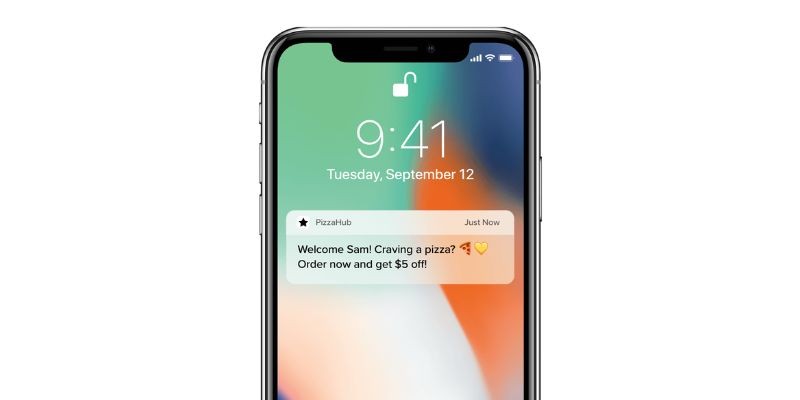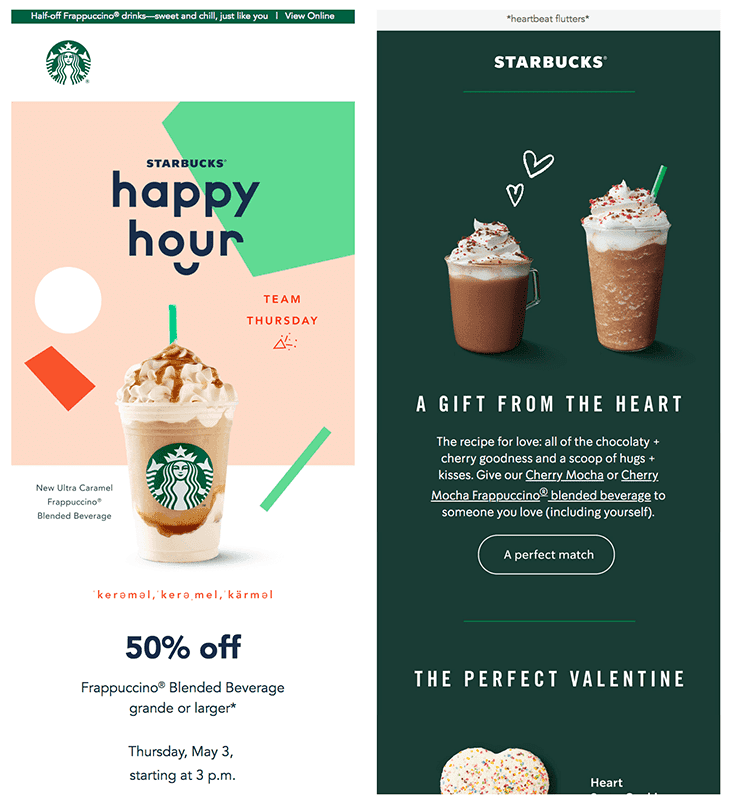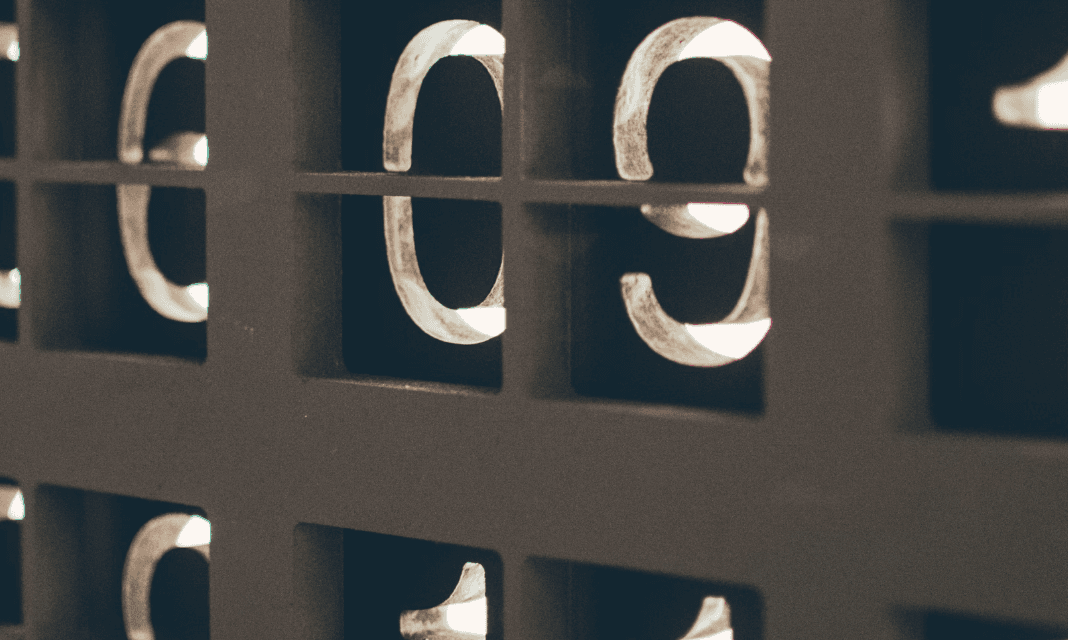2
min to read
Mar 1, 2024
In the realm of digital marketing, timing is everything. Knowing when to reach out to your audience can make a significant difference in the success of your campaigns. Push notifications and email marketing are two powerful tools that, when used strategically throughout the customer lifecycle, can drive engagement, conversions, and long-term loyalty. In this article, we will delve into the art of timing and explore how to optimize push notification and email campaigns at each stage of the customer lifecycle for maximum impact.

Understanding the Customer Lifecycle
The customer lifecycle is a journey that customers go through from initial awareness of your brand to becoming loyal advocates. It typically consists of several stages:
Awareness: Customers become aware of your brand or product.
Consideration: Customers evaluate your offerings compared to competitors.
Conversion: Customers make a purchase or take a desired action.
Retention: Customers continue to engage with your brand post-purchase.
Advocacy: Customers become loyal advocates who promote your brand to others.
Leveraging Push Notifications and Email Campaigns
Push notifications and email campaigns are essential tools for engaging with customers at different touchpoints along their journey. While push notifications offer real-time engagement on mobile devices, email campaigns provide a more comprehensive and personalized communication channel. By combining these two channels strategically, you can create a cohesive and effective marketing strategy that resonates with customers throughout the customer lifecycle.

Optimizing Timing Throughout the Customer Lifecycle
Awareness Stage:
Push Notifications: Send welcome messages introducing your brand and its key features.
Email Campaigns: Follow up with a series of introductory emails highlighting benefits and unique selling points.
Consideration Stage:
Push Notifications: Provide personalized product recommendations based on browsing behavior.
Email Campaigns: Send targeted emails with customer reviews, testimonials, and comparison guides.
Conversion Stage:
Push Notifications: Send order confirmations, shipping updates, and post-purchase recommendations.
Email Campaigns: Follow up with thank-you emails, feedback requests, and exclusive offers for future purchases.
Retention Stage:
Push Notifications: Remind customers of upcoming events, promotions, or loyalty rewards.
Email Campaigns: Share tips for product usage, announce new features, or offer personalized recommendations based on past interactions.
Advocacy Stage:
Push Notifications: Encourage satisfied customers to refer friends with referral incentives.
Email Campaigns: Share success stories, user-generated content, or exclusive rewards for loyal advocates.
Best Practices for Timing Optimization
Segmentation: Divide your audience into segments based on behavior, preferences, or lifecycle stage for targeted messaging.
Personalization: Tailor push notifications and email content to each segment's needs and interests.
Automation: Use automation tools to schedule messages at optimal times based on user behavior and engagement patterns.
Testing: Conduct A/B testing to determine the most effective timing for push notifications and email campaigns.
Analytics: Monitor key metrics such as open rates, click-through rates, conversions, and customer lifetime value to measure campaign performance.

Conclusion
The art of timing in optimizing push notification and email campaigns throughout the customer lifecycle is a delicate balance of relevance, personalization, and strategic planning. By understanding the stages of the customer journey and tailoring your messaging accordingly, you can create meaningful interactions that resonate with your audience at every touchpoint. Remember to leverage data-driven insights, automation tools, and continuous testing to refine your timing strategy over time.
In conclusion, mastering the art of timing in your push notification and email campaigns is not just about sending messages—it's about delivering the right message to the right person at the right time. By aligning your communication efforts with the customer lifecycle stages and implementing best practices for timing optimization, you can enhance engagement, drive conversions, and foster long-term relationships with your audience. Embrace the art of timing in your marketing strategy to unlock the full potential of push notifications and email campaigns as powerful tools for nurturing customer relationships throughout their journey with your brand.




